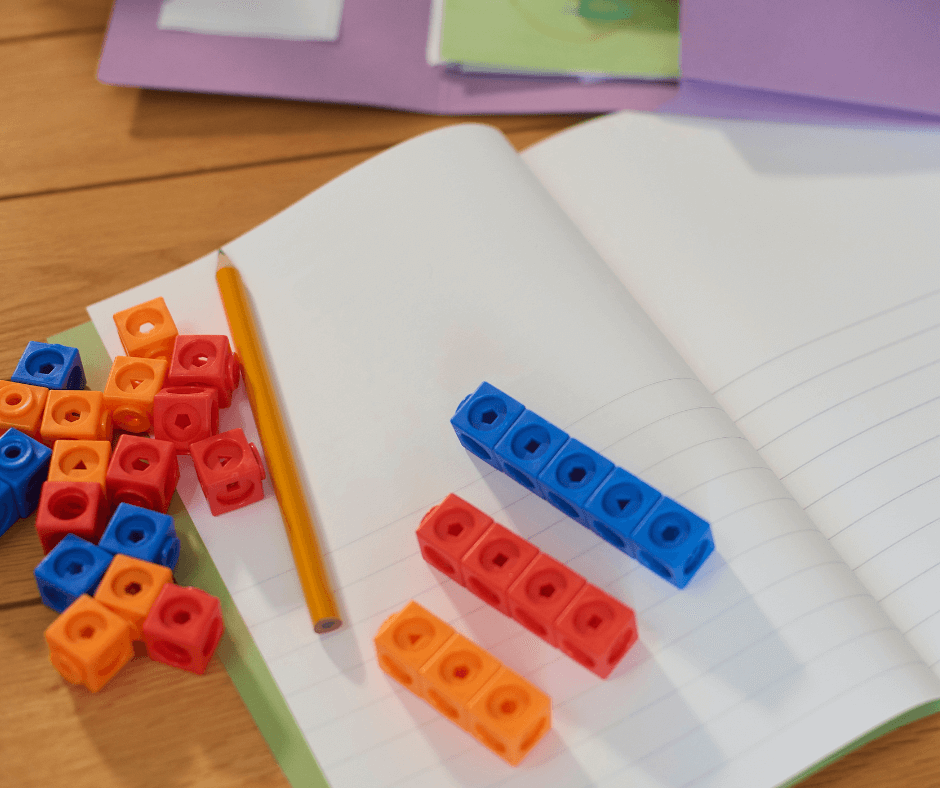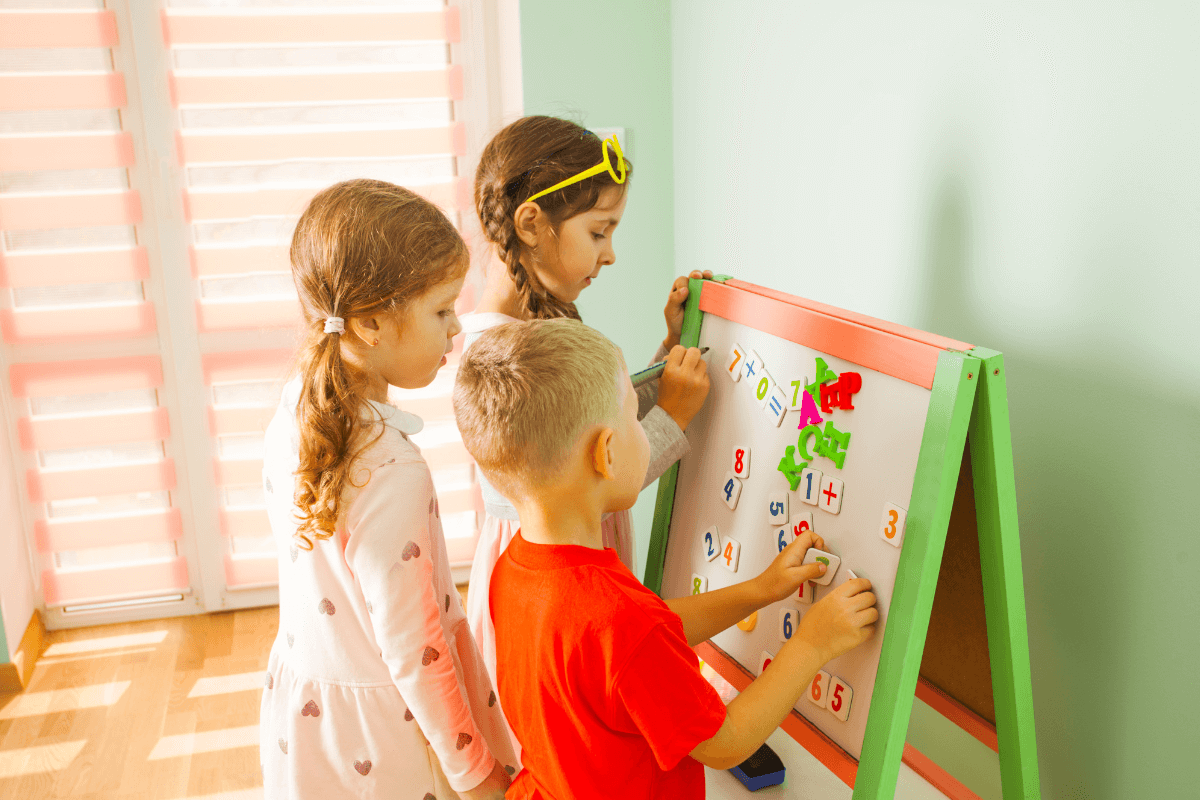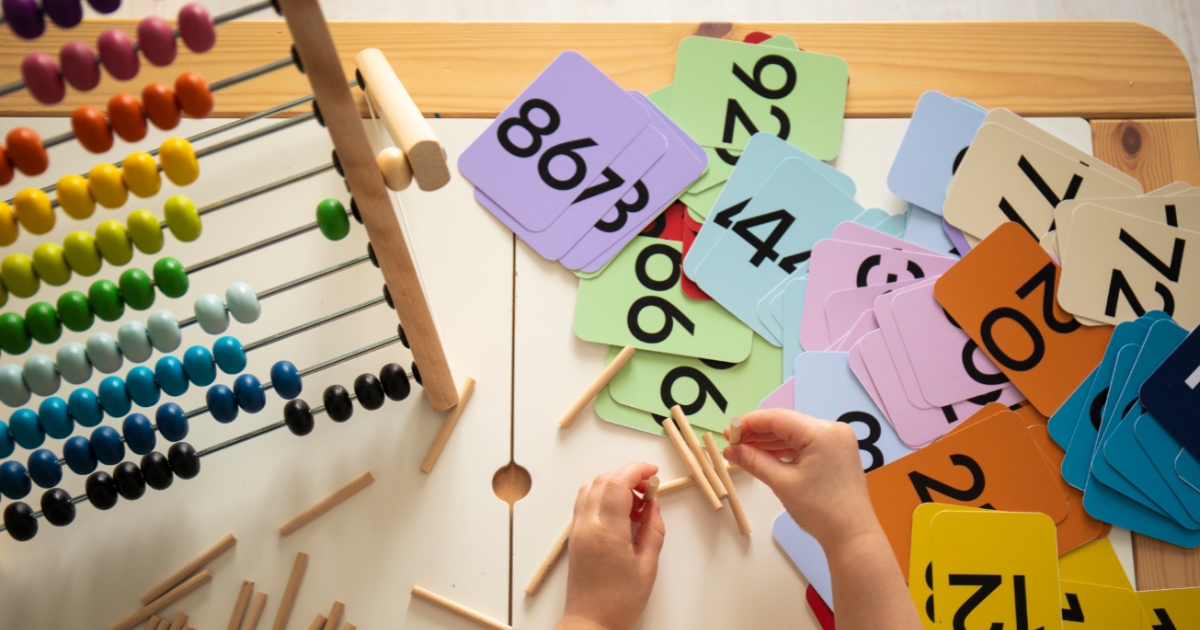As a parent, it can be frustrating when your child is constantly distracted and won’t pay attention to you. But don’t worry, you’re not alone. Many parents are struggling with this issue. Luckily, there are some things you can do to help capture your child’s attention. In this blog post, we will discuss a few of them. Keep reading for more information.
It’s no secret that our world is full of distractions. Whether it’s the constant ping of notifications from our phones or the never-ending stream of information on social media, it’s easy to see why children have difficulties learning to focus.
Limit Media Distractions
One of the main attention-grabbers for children is media. Children are not always as good at filtering out noise as adults are. This means having the television on while your child is trying to do homework may interfere with their concentration. To help limit distractions, allow your child only one hour of “screen time” per day. This includes using the computer, playing video games, and watching television. Once the hour is up, have your child turn off all electronics and focus on completing their schoolwork. Explain that this new rule is in place to better focus on their studies and avoid getting behind in class. Helping your child develop better attention span habits now will pay off later when they have to juggle multiple tasks simultaneously in adulthood.
Keep Them Engaged
Maintaining kids’ attention has a lot to do with how engaging their lessons are. If kids aren’t participating in the learning, keeping their attention will be a lot more complicated. That’s why interactive and hands-on activities are often more successful in holding children’s attention than lectures or one-sided instruction.
In mathematics, there are many tools that can be used to help children interact with math. These tools help carry out a particular function and are often referred to as manipulatives. These are especially helpful for tactile learners.
Math manipulatives allow children to feel, touch and visualize what they can’t yet create on their own. They can enable children to receive immediate feedback about whether their idea makes sense. Using tools, a child can move hands-on objects to investigate and explore a math concept that may be challenging. For example, young students might use Unifix cubes to model addition and subtraction equations.  They can gain a concrete understanding of the math concepts by touching and moving the manipulatives.
They can gain a concrete understanding of the math concepts by touching and moving the manipulatives.
In contrast, simply listening to a teacher explain a math concept can be much less effective. When children are actively involved in their own learning, they are more likely to retain the information. When manipulatives are used in math learning techniques, they can be valuable for helping children be less distracted.
Provide Breaks
Parents and guardians play an essential role in a child’s education, especially when it comes to studying at home. One way to help a child focus on their work is by providing brain breaks. A brain break is a short 3 – 5 minute period where the child can take a break from their studies and do something else. This can be as simple as taking a walk, reading a book, or playing with a pet. Brain breaks help to relieve boredom and stress, release excess energy, and they can also improve attention span. As a result, brain breaks can be an effective way to help children stay focused on their studies.
Make It Fun!
Getting attention from kids can sometimes feel like herding cats. They see something that interests them, and they’re off in a different direction before you even have a chance to blink. One way is to use a silly phrase. This allows kids to get a little silliness out before they need to redirect their focus.
Just be sure to make the fun age-appropriate; what’s fun for 9-year-olds isn’t the same as what’s fun for teens. When choosing your method, you may have to try a few different ideas to see how your child responds. Whichever way you choose, remember that attention-getting should be brief and specific so that kids know exactly what they need to do next.





